#ballantine beer
Explore tagged Tumblr posts
Text
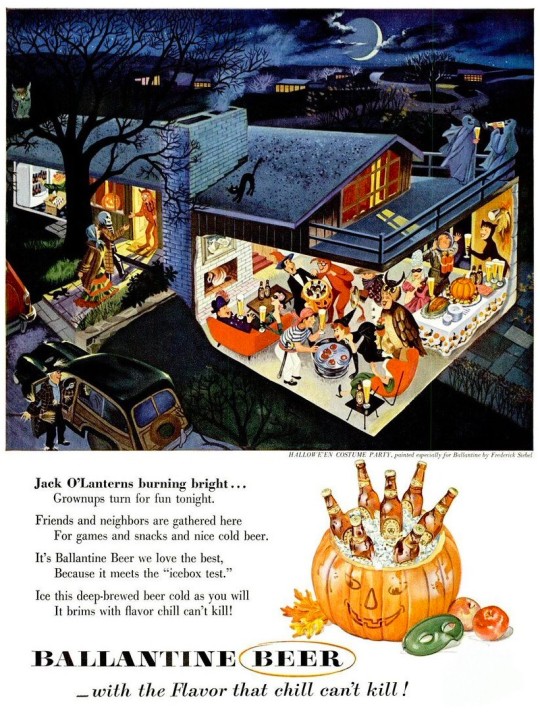
Ballantine Beer Halloween ad - artwork by Fritz Siebel (1953)
#fritz siebel#vintage halloween ads#vintage halloween art#50s advertising#ballantine beer#1950s#1953
222 notes
·
View notes
Text
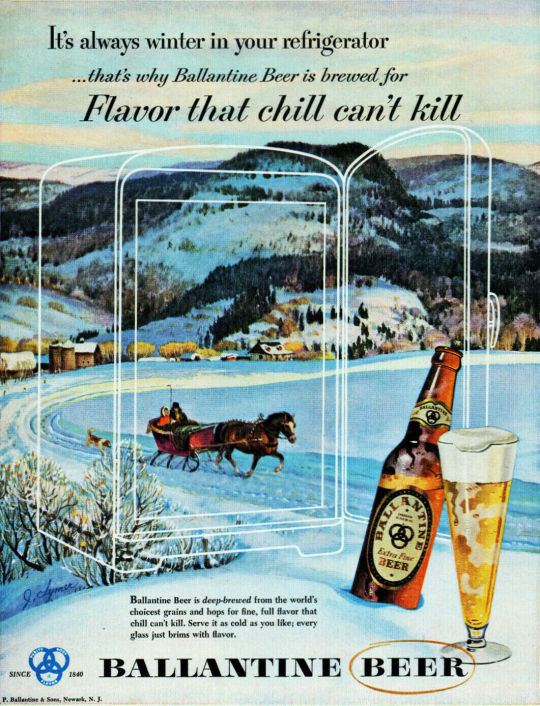
P. Ballantine & Sons, 1953
#Ballantine beer#1953#ad#vintage#mid-century#winter#flavor#illustration#advertisement#sleigh#midcentury#1950s#snow#chill#advertising#brewed#grain#mid century
77 notes
·
View notes
Text

I bet this ski chalet is hard to keep warm, especially with those ginormous holes in the walls.
Life February 8th 1954
#vintage ad#advertising#vintage ads#advertisment#1954#beer#ballantine beer#skiing#winter#drinking#snow#1950s#1950s ad#1950's#1950's ad#funny#humor#humour
22 notes
·
View notes
Text

Ballantine Beer clock
2 notes
·
View notes
Text

0 notes
Text

Ballantine Ale & Halloween (1955)
#vintage#advertising#vintage ads#cool#weekend#friday#halloween vibes#halloween#beer#booze#drinking#ale#ballantine#jack o lantern#pumpkin#1950s vintage#1950s#50s fashion#50s vintage#50s style
33 notes
·
View notes
Text

Ballantine Ale, 1948
64 notes
·
View notes
Text
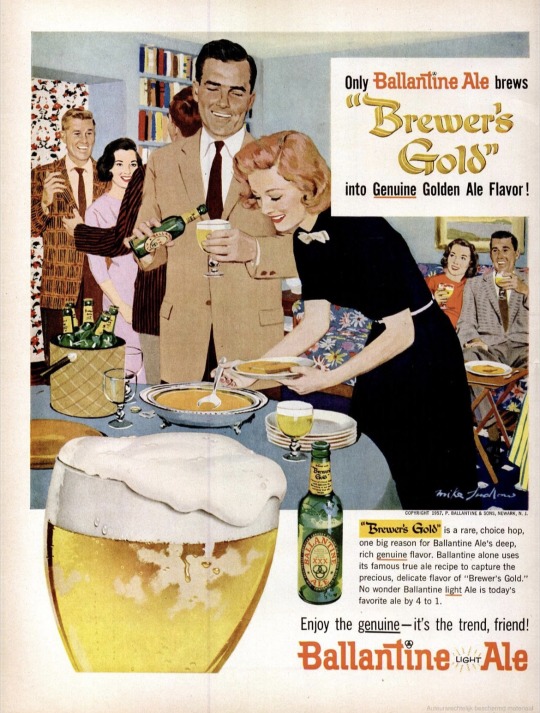
1958 Ballantine Beer
#1958#Ballantine#beer#brewer#gold#cerealkiller#vintage food#food#vintage advertising#vintage magazine#booze#alcohol#kitchen#magazine#1950s#50s#50s ads
37 notes
·
View notes
Text

1957 Ballantine Ale
#1957#Ballantine#ale#beer#booze#pool party#pool#picknic#imaynotdrinkbutiknowwhatilike#vintage advertising#vintage magazine#magazine#vintageadsmakemehappy#advertising#cerealkiller#1950s#50s
48 notes
·
View notes
Photo

1947 America's Largest Selling Ale. Ballantine's Ale
Source: Pinterest / Dominique Poggi
Published at: https://propadv.com/alcohol-ad-and-poster-collection/ballantine-beer-ad-and-poster-collection/
19 notes
·
View notes
Text
Summer is the most difficult season for me and the weather has been rather unbearable but I still need it to come around because I need to feel the wheel turn. So these are my favorite things about summer:
Sailing season. I love touchin lines. I love doing my meditative ballantines. I love when a wave completely breaks on me but I’m dry again in 10 minutes. I love meeting my friends at a diner afterwards. Love a breakfast for dinner.
One of my fav odd smells that rolls onto the sidewalk is specific to this season which is dive bar with its windows open. Something about spilled beer and air conditioning together. Love it. I’m always enticed to have a drink outside when I smell that. Love having a drink outside. Love a beer on my roof as the sun sets.
Love that it’s still light when I get out from work so I CAN have a beer on the roof and watch the sunset. I feel more productive in the winter and less languid, but it DOES feel like I have more time in my day in the summer. There’s more of a stretch that makes my being languid earlier in the day feel more okay. Being at work when it gets dark sucks.
Love the sound of kids with their basketballs at dusk. They can and do have basketballs other times of the year. But I seem to notice it more in the summer, the echo of it. It seems like a summer sound to me.
Love fireflies. Every time I see one it’s a treat.
Everything is so green and verdant. Love a hazy morning and hazy golden hour. The sun is nice when it’s showing up and when it’s leaving.
Cicada sounds.
The smell of the wood of an old building that’s been sitting in the heat. The heat sucks, but that spiced wood smell is so nice.
Summer rains. I don’t like thunderstorms so much anymore as they’ve become much more violent and flooding. But I do love a summer rain. If I don’t have anywhere to be I like walking out in it and getting drenched.
72 notes
·
View notes
Text

The earliest known photograph of men drinking beer, Edinburgh Ale, 1844.
The photo, which was taken in the 1840s, is called Edinburgh Ale and was taken by pioneering photographers David Octavius Hill and Robert Adamson who had their studio in Edinburgh.
On the left is James Ballantine, stained glass window designer who designed the windows for the House of Lords. In the middle is Dr George Bell co-founder of Edinburgh’s ragged schools. Bell also put pressure on the council to demolish the unsanitary slums and built better housing back in the 1800s. The guy on the right is David Octavius Hill himself.
The three men are sharing a bottle of Younger’s Edinburgh Ale because at that time there were several breweries in Edinburgh’s Old Town.
4 notes
·
View notes
Text
Birthdays 11.16
Beer Birthdays
Peter Ballantine (1791)
Johann Evangelist Götz (1815)
Charles Liebmann (1837)
Mark Dredge (1984)
Five Favorite Birthdays
Daws Butler; voice actor (1916)
Paul Hindemith; composer (1895)
Diana Krall; Canadian jazz singer (1964)
Burgess Meredith; actor (1907)
Martha Plimpton; actor (1970)
Famous Birthdays
Gene Amdahl; computer scientist (1922)
Craig Arnold; poet (1967)
Gemma Atkinson; model (1984)
Oksana Baiul; Ukrainian-American skater (1977)
Andrea Barrett; novelist and short story writer[ (1954)
Lisa Bonet; actor (1967)
Joey Cape; rock singer, guitarist (1966)
Eddie Condon; guitarist (1904)
Francis Danby; Irish painter (1793)
Pete Davidson; comedian (1993)
Elizabeth Drew; journalist (1935)
Dwight Gooden; New York Mets P (1964)
Maggie Gyllenhaal; actress (1977)
Jónas Hallgrímsson; Icelandic poet, author (1807)
W.C. Handy; composer (1873)
Marg Helgenberger; actress (1958)
George S. Kaufman; writer (1889)
Dave Kushner; guitarist (1966)
Joan Lindsay; Australian author (1896)
Mabel Normand; actor (1894)
Steven Pearl; comedian (1955)
Missi Pyle; actress and singer (1972)
Jose Saramago; writer (1922)
Guy Stockwell; actor (1934)
Amar'e Stoudemire; basketball player (1982)
Valeria Bruni Tedeschi; Italian-French actress (1964)
Lawrence Tibbett; actor (1896)
Richard von Coudenhove-Kalergi; Austrian philosopher (1894)
2 notes
·
View notes
Text
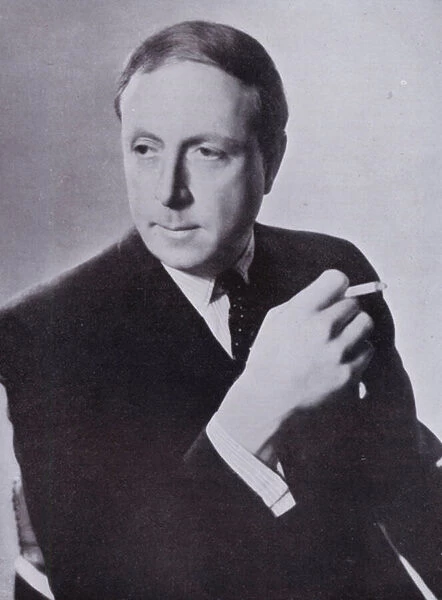
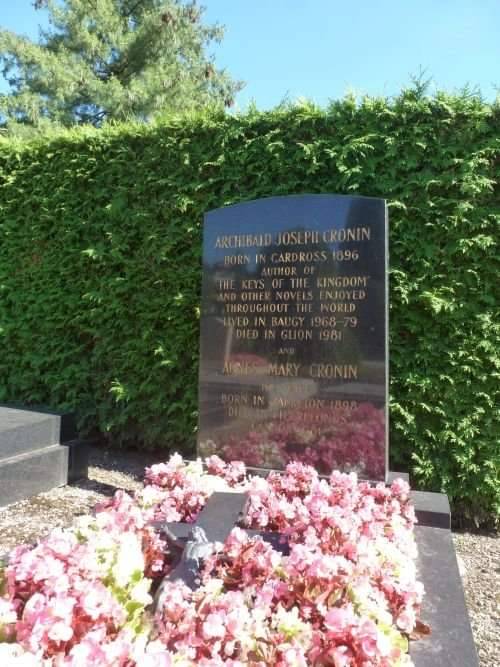

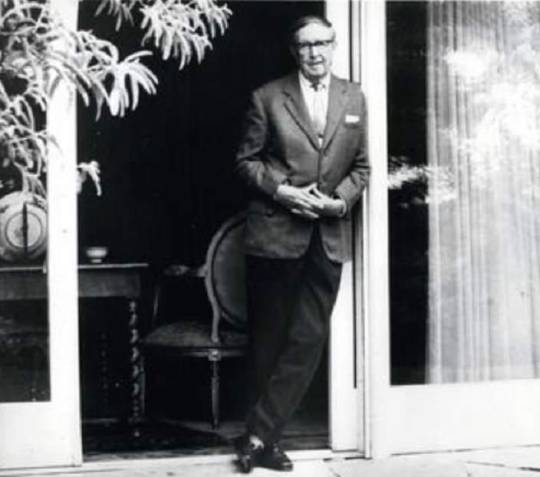
On January 6th 1981, the Scottish author AJ Cronin died in Switzerland.
AJ Cronin was born in Cardross, Dumbartonshire in 1896. He was a fine athlete as well as an outstanding student; qualifying in medicine at Glasgow with top honours. He worked at the Rotunda, Dublin, and on the Clyde before moving to Tredegar in Wales. He was a Medical Inspector of Mines, and was involved in the mining disaster at Ystfad colliery in which 38 miners drowned, and drew on these experiences in his writing. He moved on to Harley Street in London and finally established a very successful practice at 152 Westbourne Grove in Notting Hill, west London, where he practised until 1930.
Cronin’s writing career began when he was given six month’s bed rest for a digestive complaint. While convalescing from an attack of gastric ulcers on a lonely farm in the Highlands, he wrote Hatter’s Castle in 1931, about a Scottish hatmaker obsessed with the idea of his noble birth. It became a best seller. In the United States, a reviewer for The New York Times found it a work of a novelist “destined for the seats of the mighty.”
Thereafter, Dr. Cronin devoted himself full-time to writing. In 1935, he wrote The Stars Look Down, the story of a North England mining community that quickly captured attention. While The Times of London said the author had “a bent for melodrama,” The New York Times found him “uncannily like Dickens.” In 1941, the book was made into a highly praised film directed by Carol Reed for M-G-M. Story of Missionary in China.
The Citadel again drew on Mr. Cronin’s own experiences. It was the story of a young Scottish doctor in a Welsh mining village who sets up a fashionable practice in London and realizes the values of the life he had abandoned.
When The Keys of the Kingdom was published in 1941, it passed the half-million mark in sales and was a Book-of-the-Month Club selection. The hero of the novel was a self-sacrificing Catholic priest sent by his superiors into long service as a missionary in China.
By 1958, the total sales of his books in the United States alone had passed the seven million.
Arguably Cronins most well known work is ‘Dr. Finlay’s Casebook, about a pair of Scottish doctors sharing a practice. It became one of the longest-running British television series.
A J Cronin died at the age of 84 in a clinic in the village of Glion, near Montreux, Switzerland, where he had lived for the last 25 years of his life.
The pics include a curios advert for Ballenitins’s an American brewery, the campaign created a series of ads with at least thirteen different writers. They asked each one “How would you put a glass of Ballantine Ale into words?” Each author wrote a page that included reference to their beer
His 1952 piece for Ballantine was done as a reminiscence of his first taste of Ballantine in America, just after a well-played round of golf:
My first meeting with Ballantine Ale is still vivid in my memory.
It was a sweltering summer day at York Harbor, Maine, shortly after I first came to these United States. I thought it would be a memorable day because I shot the lowest golf score I ever made — a 72.
But in the locker room after the game, a friend said: “Try a Ballantine.”
I did — straight from the icebox. And as it flowed over by parched throat — tangy and refreshing in every swallow — I realized with a big thrill that my search for my favourite beverage was ended. I had always like ale, but here was something lighter, something better than anything I’d ever had abroad.
Well, my discovery outweighed by golf course. I remember that day as the time the “three rings” first rang the bell for me.
The last pic is of his grave at Cimetière de La Tour-de-Peilz La Tour-de-Peilz, District de la Riviera-Pays-d’Enhaut, Vaud, Switzerland
5 notes
·
View notes

